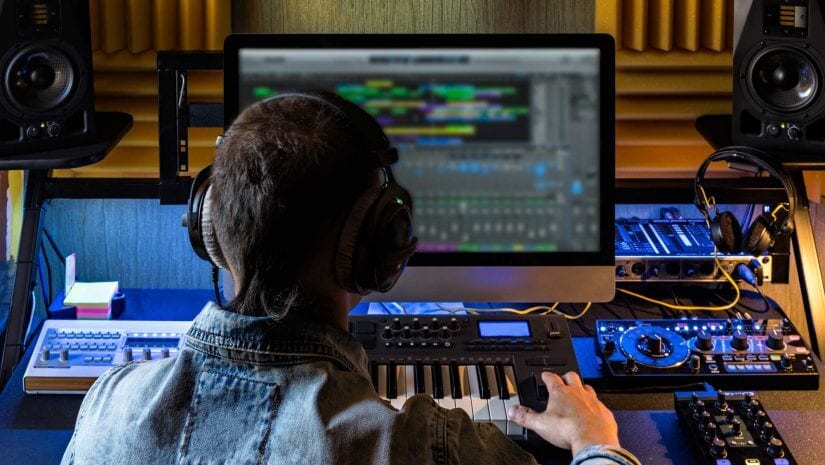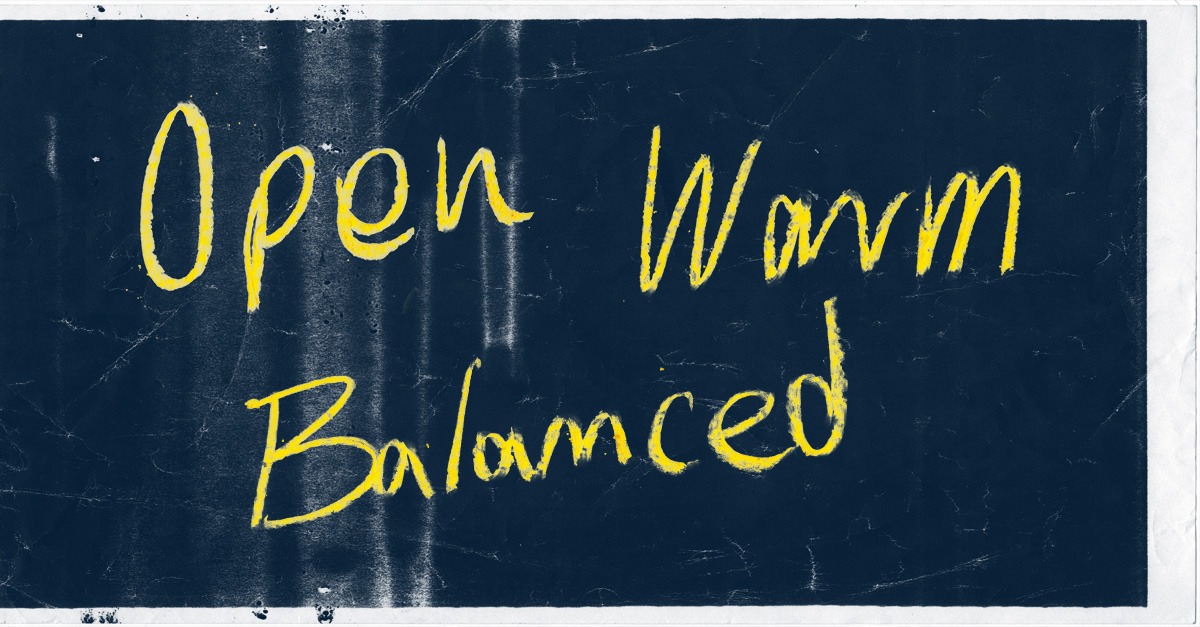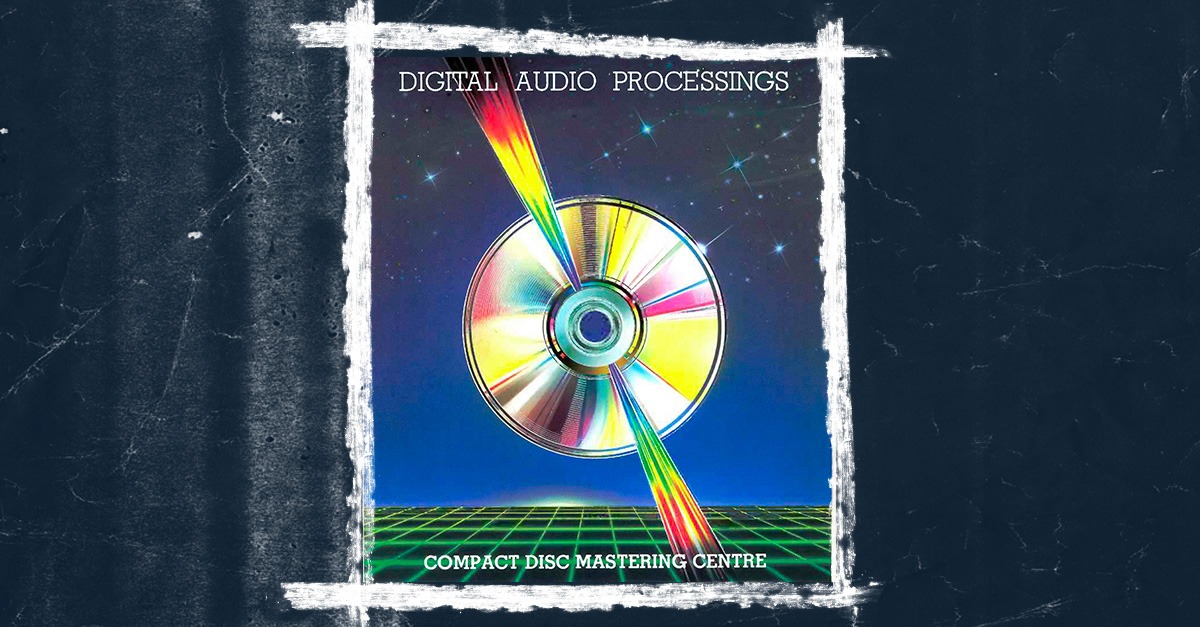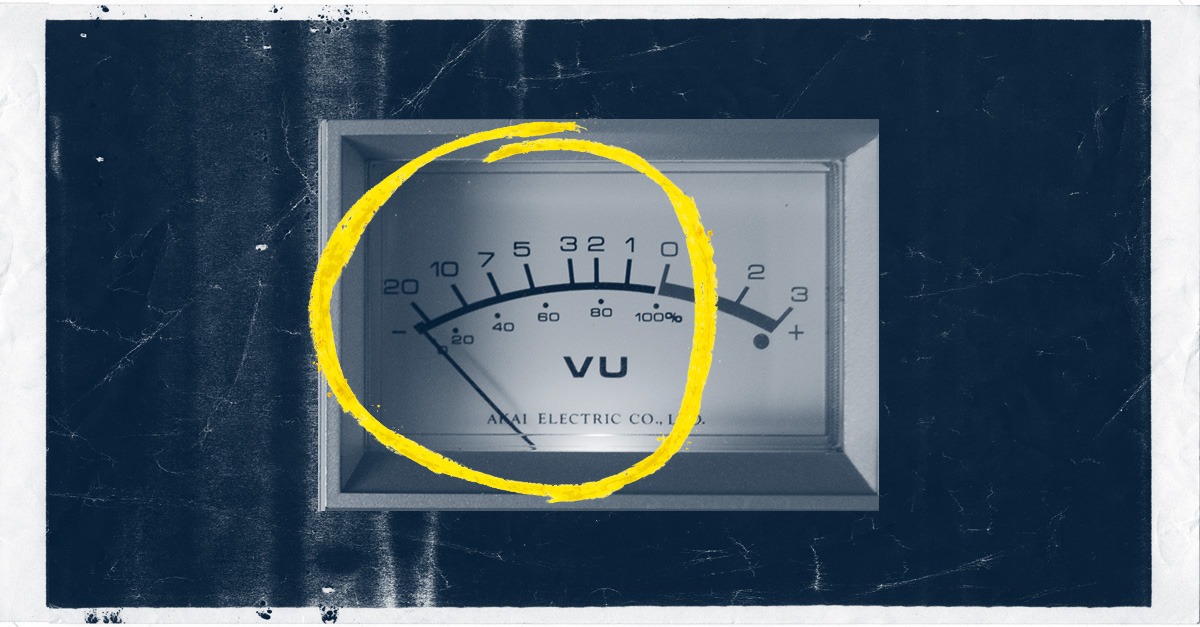In the first days of recorded music, mastering was a purely technical process.
Early masters were usually done without a second thought by the vinyl lathe operators themselves!
Back then the only purpose was to move a piece of music from the recording medium (analog tape) to the production medium (vinyl records).
However, mastering at present has come a long way.
It’s still an extremely technical procedure, however, it’s also become a necessary part of the creative process.
As trends and styles have come and gone in music, mastering has kept pace and made its own contributions.
In this article, I will show you how mastering trends impact the sonic style of music, and what it means for your sound.
Mastering styles
Engineers could get fairly fired up in terms of talking about mixing and mastering.
That’s where all the weird mixing terms to explain sound comes from.
However, for the most part, these terms relate to real sonic phenomena that you could hear in your mix.
Once you consider a song being airy, punchy, warm, vintage, modern or balanced what does it really mean?
From a technical standpoint, these qualities all relate to features of your song.
I am talking about issues like overall EQ contour, overall dynamics, or the level and frequencies range of each element.
However, mastering plays a giant role too. The mastering process depends on the same kinds of tools you use in your mix.
Mastering trends add its own elements of compression and EQ to shape the overall sound of the song. The decisions mastering engineers make have a giant impact.
Mastering eras
Consider your idea of a well-produced track. What does it sound like? Do you consider booming, extended low end or, crisp, shiny, highs? Punchy drums or bigger than life vocals?
A music listener from fifty years ago nearly certainly wouldn’t come up with the same reply.
That’s because our idea of what an amazing song sounds like has evolved considerably over time.
Do you ever listen to production from a different era and wonder what they were thinking? Well, the best engineers of the time signed off on all these decisions that sound loopy to our ears at present.
Mastering trends are no exception. From the questionable first fully digital masters to the peak of the loudness war, there have certainly been some misses.
However, there’s also been a lot of great sounding masters from all eras.
I ưill go through a few of the differences between mastering styles from different periods in music history.
Vintage vs. Modern Masters
Modern and vintage are a few of the first descriptors people throw out to make a distinction between sonic styles.
However, what do they really mean?
Here’s senior LANDR audio engineer Al Isler on the subject: “vintage means a somewhat band-limited frequency response (more midrange focussed with not lots of extreme bass or treble) and a bit of saturation and possibly even a bit of a “lo-fi” quality.”
These qualities are typically related to older tools that imparted its own characteristics to the program material.
At the time engineers were searching for the best fidelity they might possibly achieve.
To them, coloration was a negative side-effect of the recording process that they were always struggling to reduce.
However, today’s engineers go to good lengths to get the same warm mids and particular saturation of vintage recording gear.
If vintage is soft, round and midrange focussed, then what exactly is modern?
No matter how detailed and warm a vintage recording was, engineers and listeners wanted more extension in the highs and lows.
After all, the sound of highly effective bass and soaring highs from an excellent stereo is incredibly satisfying.
Speakers, stereos, and recordings slowly evolved to cater to this trend.
Today’s tracks emphasize the high and low end considerably more than the midrange, leading to a basic trend toward scooped or “smiley face” EQ curves overall.
LANDR’s “warm” and “open” mastering styles reflect those two approaches.
The LANDR mastering engine still depends on the same highly effective AI. However now you may choose the warm style to guide it toward vintage-y warth, or the open style for a more modern master with more extension at the extremes.
Mastering Intensities
The other major trend in mastering has to do with loudness and dynamic range.
Producers and musicians have always liked it loud, however, advances in digital technology during the CD era allowed mastering engineers to go further than ever before.
Records got hotter and hotter as loudness turned into an arms race.
The loudness war has leveled off a bit now, however it’s simple to tell the era the song was mastered by the amount of compression and overall loudness.
Put on a record from the late 50s or early 60s. It may surprise how dynamic they could be!
That’s where’ LANDR’s intensities come in.
Selecting the balance between loudness and dynamic range, as well as mastering style offers you an unprecedented level of control over your master.
On trends
Understanding where mastering styles come from is necessary.
When you attempt to see past the trends, one method is not essentially higher than the others.
They are just different stylistic options you could select to help match the style of your master to the style of your music.
Now that you have got some ideas about how mastering styles affect your sound, try LANDR mastering styles on your own tracks.




